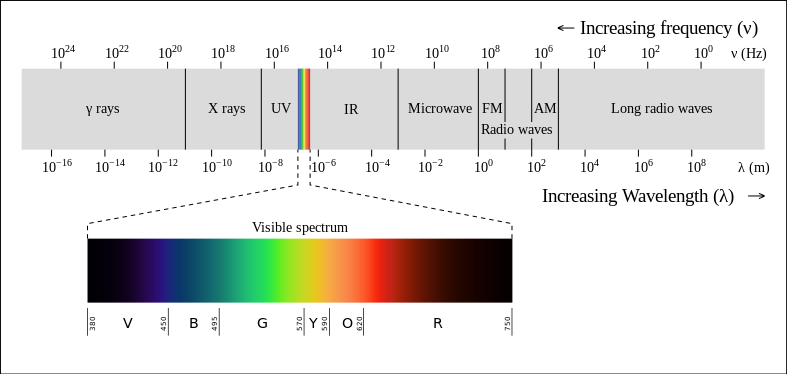 |
| New silicon resonator compared to the size of a coin. |
"The laser to which the silicon resonator is stabilized reaches a linewidth of less than 40 mHz . . ."A linewidth of 40 mega-Hertz!?!? That means the highest frequency of the light being generated by this thing is 40 million cycles per second more than the lowest frequency. They call that stable? That's sloppy enough to cover the entire radio spectrum! Okay, maybe not the entire thing, but a big chunk of it.
Well, it would if it was in the radio spectrum, but it's not, it's light, which operates at a somewhat higher frequency. How high, you might well ask? How about 400 tera-Hertz? That's 400 trillion cycles per second for all right thinking people (or 400 billion for the wogs). When you look at it like that, it means the frequency is accurate to one part in ten million, which is pretty darn good. GOES data collection radios are freakishly narrow band and they only need to be accurate to one part in ten thousand.
The resonator is made from a single crystal of silicon, which is something they likely picked up from the semiconductor industry. The article blathers on about how they are going to be able to make more accurate atomic clocks now, but I suspect that is a useless side benefit. I haven't heard anyone complaining about the inaccuracy of their atomic clock lately. I think someone might find this useful if they were trying to understand the nature of light, which is still a pretty iffy concept.
Note: Red light has a frequency of about 400 tera-Hertz and a wavelength of 750 nanometers. The frequency of violet light is double that of red, or about 800 tera-Hertz, and the wavelength is half that of red, or about 375 nanometers. Multiply those two pairs of numbers together and you get 300 million meters per second, or 300,000 kilometers per second, which is the speed of light. Funny how that works.
 |
| Electromagnetic Spectrum |
Update January 2017 replaced missing picture.



No comments:
Post a Comment